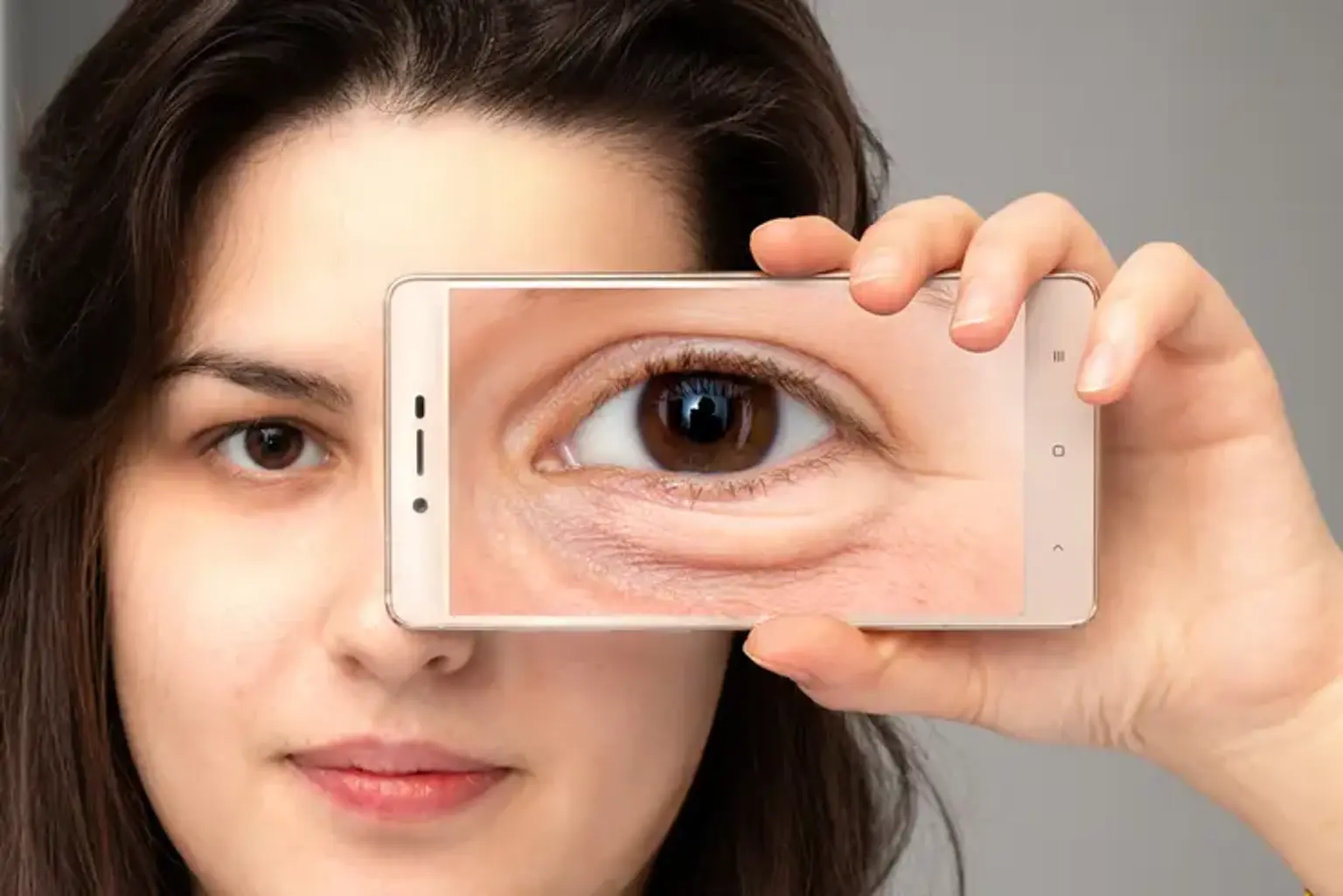What is Under-Eye Bag Removal Surgery?
Under-eye bag removal surgery, or lower blepharoplasty, is a cosmetic procedure designed to eliminate puffiness, dark circles, and excess skin under the eyes. The procedure involves removing or repositioning fat, tightening skin, and sometimes, removing excess muscle to restore a youthful, refreshed look.
It’s often sought by individuals who notice signs of aging, such as sagging skin or fat deposits under the eyes, making them look tired or older. The surgery can also address hereditary puffiness, which may appear even at a younger age.
Why Under-Eye Bags Appear
Under-eye bags are typically caused by aging, genetics, and lifestyle factors. Here are some common reasons for their appearance:
Aging: As you age, the muscles and skin around the eyes weaken, causing fat to shift and accumulate, creating a puffy appearance.
Genetics: Some people are genetically predisposed to under-eye bags, even in their youth.
Lifestyle Factors: Lack of sleep, excessive salt intake, dehydration, and smoking can contribute to under-eye puffiness and dark circles.
Fluid Retention: Allergies, sinus problems, or hormonal changes can cause temporary puffiness by retaining fluid around the eyes.
Understanding the cause of under-eye bags is key to determining the best treatment option.
